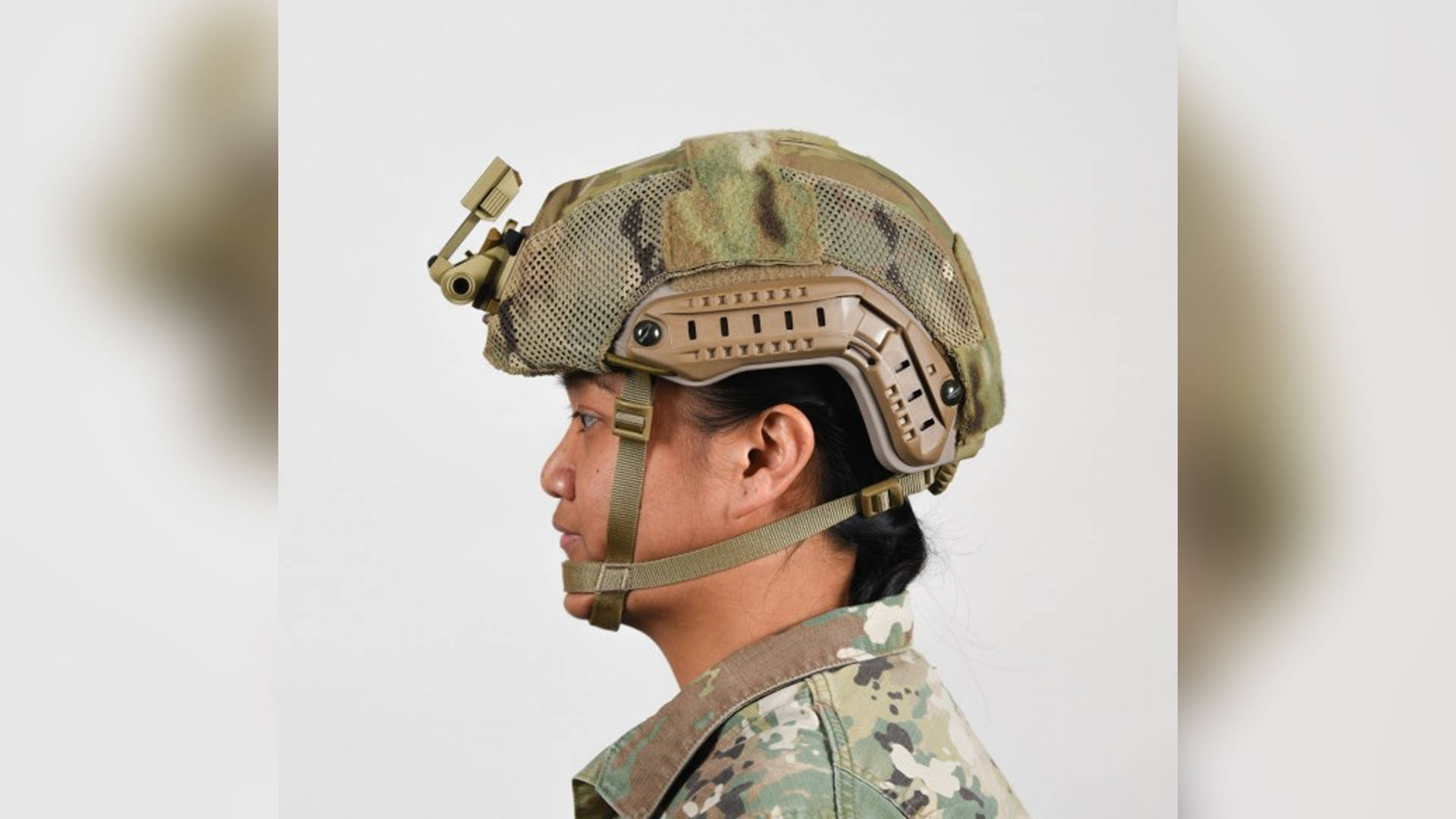

To absolutely no one’s surprise, the response to the Army’s new hair and grooming standards has been…mixed.
The announced changes included removing a minimum hair requirement for women, allowing women to wear long ponytails tucked into the back of their shirts during training, lipstick, and earrings in combat uniform (unless in a deployed or field environment). It also allows men and women to have natural-colored hair highlights.
The updates were part of an effort to make the Army more inclusive, by recognizing the different textures and lengths of hair that exist; Black women in the Army have said the rigid regulations don’t take into account the differences in their hair, forcing them to do things that damage their skin and hair to meet the requirements. The new regulations also take into account things like Traction Alopecia, a “result of pulling hair tight,” a leaked slide explained in December, which can affect Black women who “wear prolonged, tight hairstyles.”
There was also common-sense logistical thinking behind the changes; women have long said that some head gear doesn’t fit properly around the bun they’ve been required to wear. Now, women are authorized to wear a ponytail or braid in order to help that gear fit better.
In the wake of the announcement service members had a range of reactions, with many recognizing them as common-sense changes. Some saw it as an attempt by the Army to appease the “politically correct” crowd (Sgt. Maj. of the Army Michael Grinston had a message for that crowd), and others had only one question: where are the beards?!
Plenty of men had strong opinions on the updates, which overwhelmingly applied only to women. Many women said on social media that they liked the changes, with some saying they believed leaders could have taken it further.
In response to a post by Task & Purpose last week asking for everyone’s thoughts, one male captain called the updates “far overdue.”
One male major said he “didn’t realize the female hair standards were hurting women.”
“The change makes sense,” he said. “As for beards, ‘they look cool’ isn’t a valid reason to change that policy.”
“I think it’s about time,” one female master sergeant said. “I had an issue with my hair during Desert Storm. My gas mask didn’t fit right if my hair was up. Then I had an issue with not putting it back up. This is a great idea.”
“Honestly, I have no issues with this as long as it was done with input from women who will be impacted by it,” said a male first sergeant. “It’s up to them to be comfortable and capable in garrison and in the field, and if this helps, that’s great.”
There were, of course, the critics.
“Since the group who made these change recommendations were mostly minority women it’s clear these unneeded changes are nothing but pandering to minorities and women,” a former U.S. Army Reserve captain said. “The changes make no sense and I question the mental stability of those who made the change recommendations and also the people who approved them.”
A retired male sergeant first class said: “These people are soldiers and not models in training. I think the standards should be like they were back during Vietnam and post Vietnam.”
It was not clear if this SFC was reminiscing of standards which excluded women from combat service, as all combat roles were not technically open to women until 2015, 40 years after the Vietnam War ended. It is also unclear when women tucking ponytails into their shirts so their helmets fit properly or wearing professional shades of nail polish became high fashion. But I digress.
Other complaints were, of course, that the new standards didn’t authorize men to grow beards — something Grinston said last week was not under review by the panel.
“We’re not looking at it, but there’s already an exception to policy for those that have issues with shaving, there’s already a profile that you can get and you can have a beard,” he said. “There’s also religious accommodations … but we have not reviewed it and it’s not on the docket so right now, you will not have a beard.”
Grinston later tweeted that male standards weren’t considered by the panel because they were tasked with focusing on policy changes that would improve diversity, equity, and inclusion, “an issue that disproportionately impacts women (particularly BIPOC).”
And while many people fall into either the pro- or anti-new grooming standards camps, others are firmly planted in the “who cares?” camp.
“I argue grown ass men and women telling other grown ass men and women how to wear their own hair is inherently silly,” one person wrote on Facebook.
“Who cares really, as long as you do your job and can fit your PPE,” another commented.
“I think I don’t care,” another added. “And I don’t think anybody else should care, either.”
